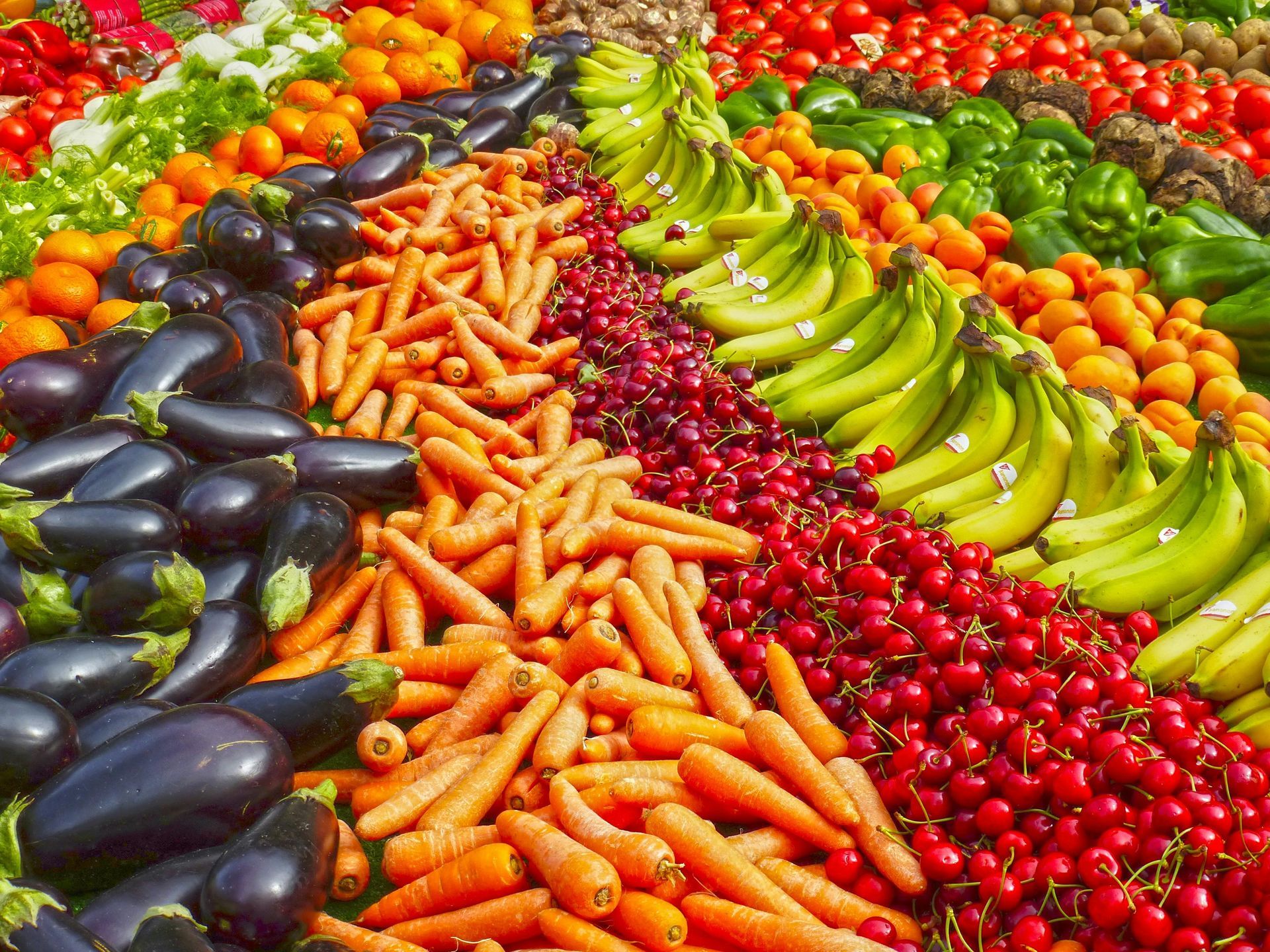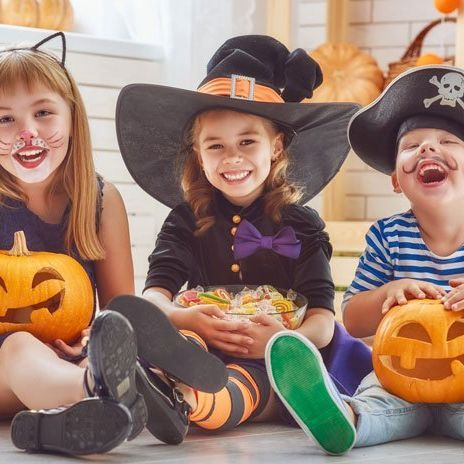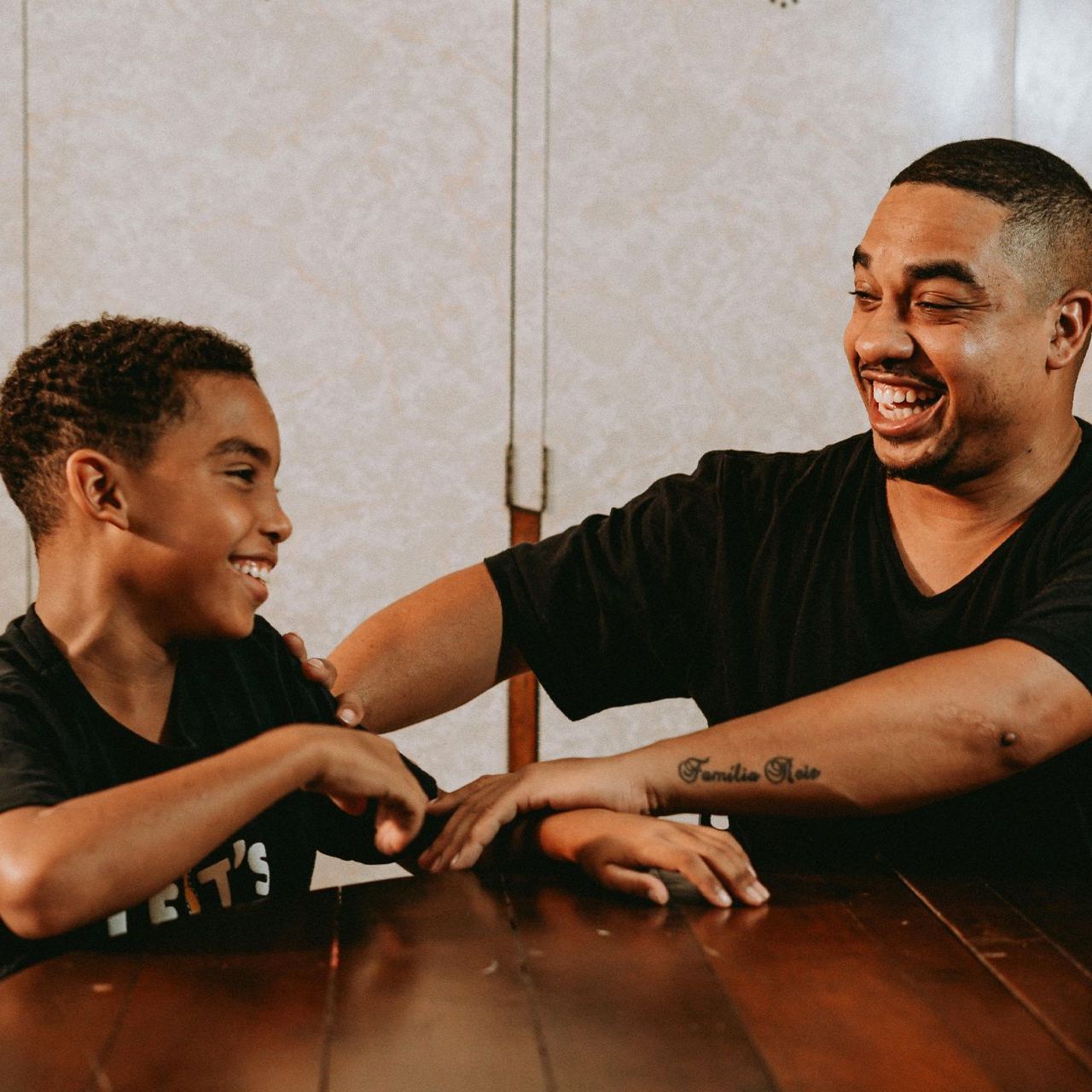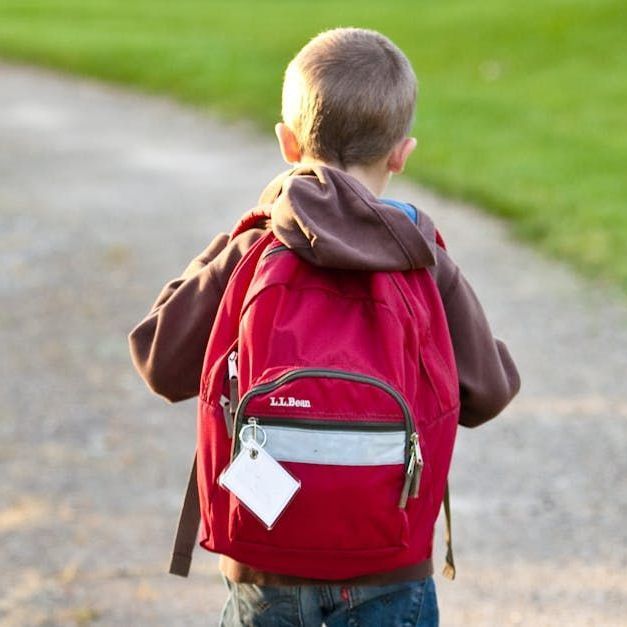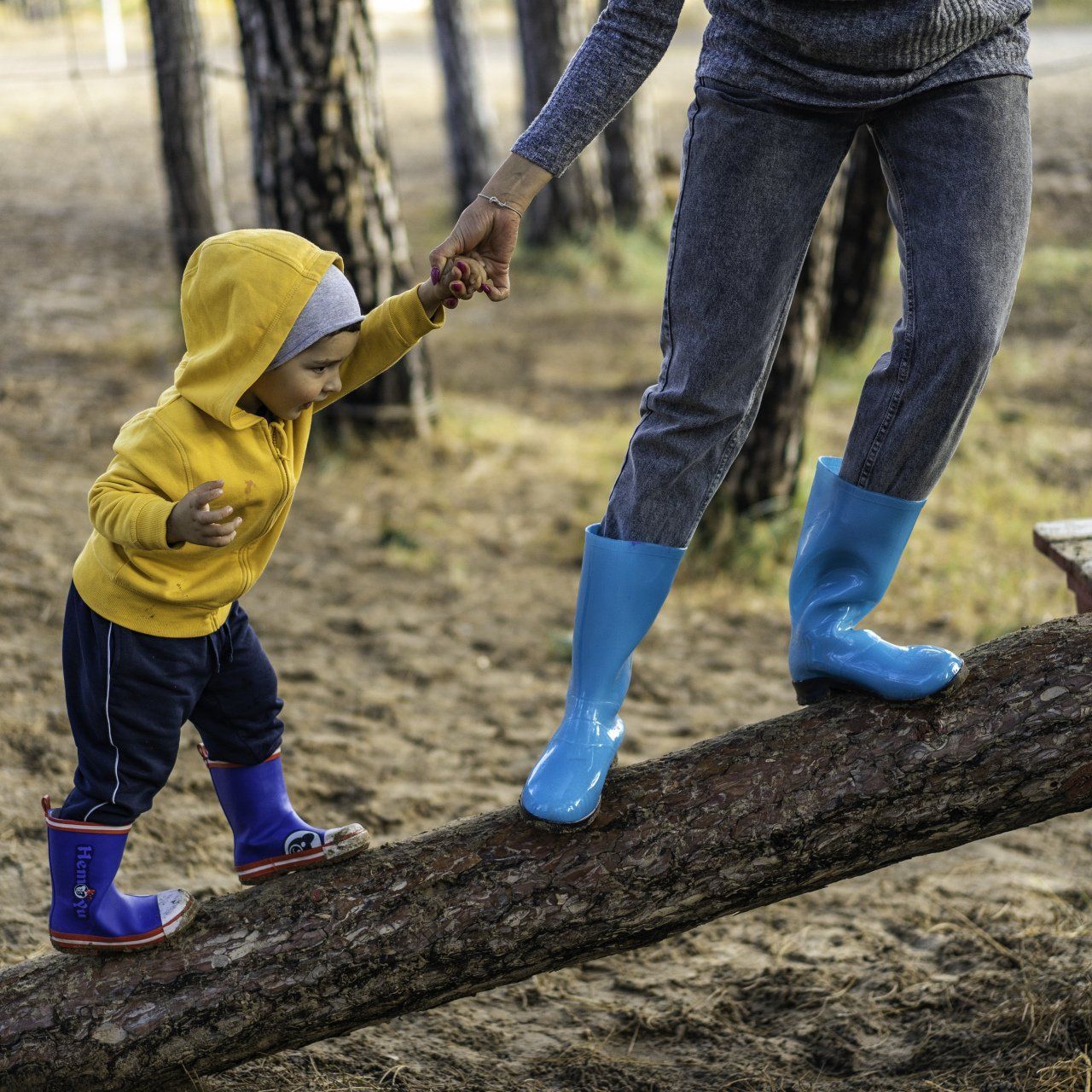Mardi Gras Facts: History of Mardi Gras for Kids
January 20, 2021
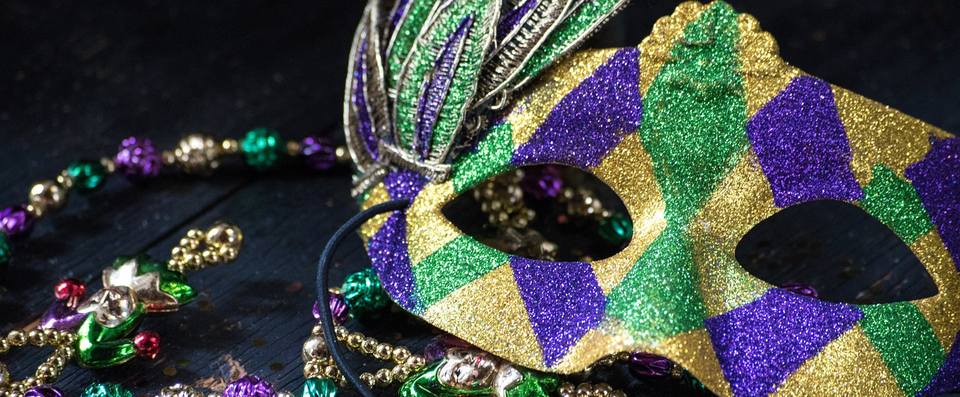
Here are some fun Mardi Gras facts and history for your studies and Mardi Gras activities for kids:
- Mardi Gras Origin: The very first Mardi Gras was celebrated in 1703 in Mobile, Alabama.
- Mardi Gras New Orleans isn’t the only Mardi Gras. It is celebrated all across Southern Louisiana, Alabama, and Florida, Galveston, Texas and has spread throughout the U.S. and world! (Carnivale is celebrated in other countries on the same day!)
- “Carnival refers to the period of feasting and fun that begins on Jan. 6, The Feast of the Epiphany. Mardi Gras refers to Fat Tuesday, the final day of revelry before Ash Wednesday, when Lent begins.”
- Mardi Gras wasn’t referred to as “Carnival” until 1781.
- New Orleans floats are traditionally known as tableaux cars.
- Mardi Gras meaning of beads: Mardi Gras “throws” (like beads) started in 1870.
- The first beads were necklaces made of glass beads and thrown into the crowd.
- The official colors of Mardi Gras are purple, green, and gold.
- Mardi Gras meaning of colors: The official colors were set to honor the Russian Romanov family, whose family colors were purple, green, and gold.
- There are secret society social clubs called Krewes.
- The Zulu Krewe hands out coveted hand decorated coconuts during the parade.
- It is illegal to ride on a Mardi Gras float in New Orleans without wearing a mask.
- A small baby figure is included in the traditional King Cake. The person who gets the baby is responsible for bringing the cake the following year.
- Mardi Gras is celebrated on Fat Tuesday.
- Fat Tuesday is also known as Shrove Tuesday.
- Shrove Tuesday comes from the word “shrive” which means “the confession and absolution of sin.”
- Mardi Gras is also known as Pancake Day or Paczki Day.
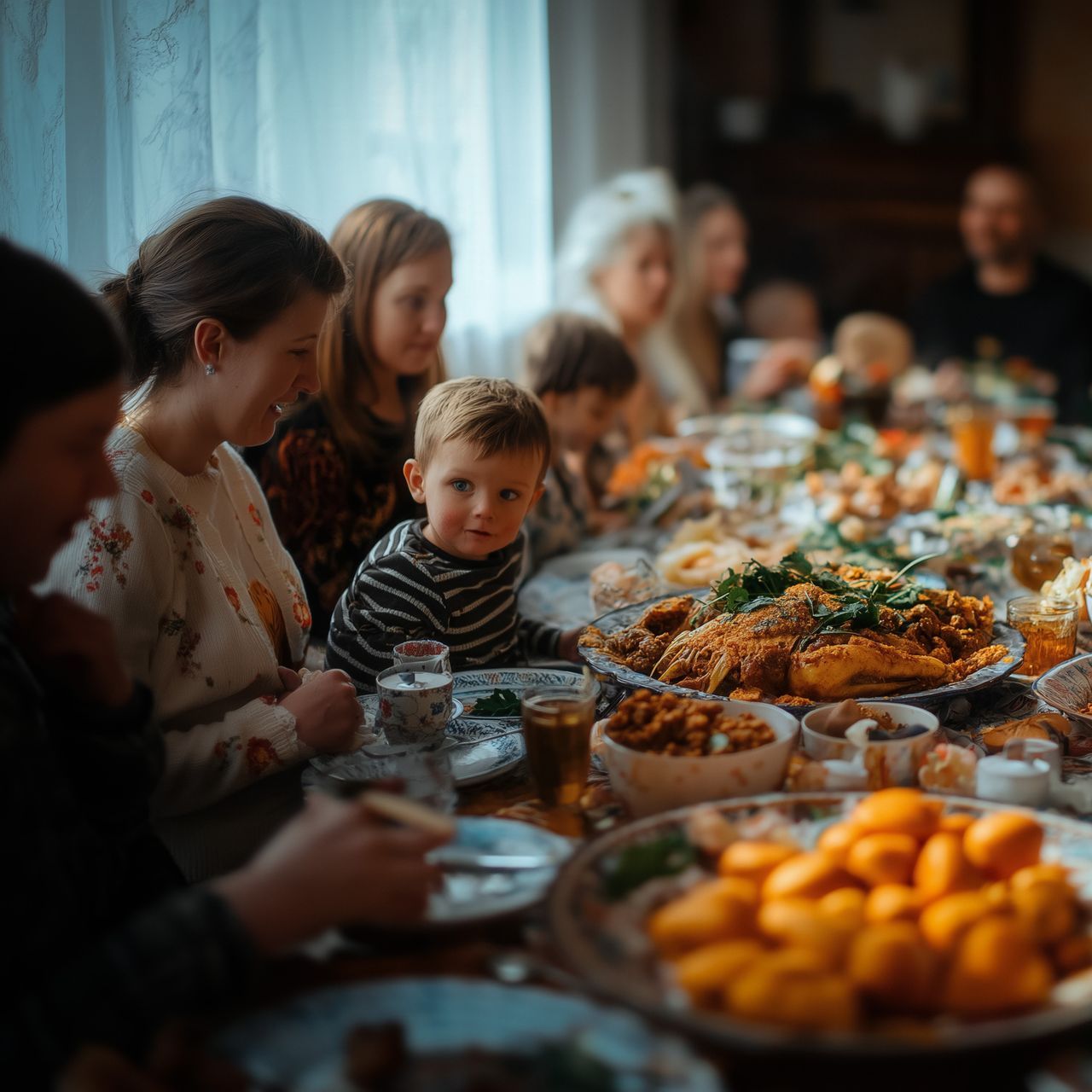
Thanksgiving is a cherished tradition, an opportunity to gather with family and friends to celebrate gratitude for the many blessings in our lives. Whether you're traveling to visit relatives or hosting a festive dinner at home, preparing for Thanksgiving can be a joyful yet daunting task, especially for parents.
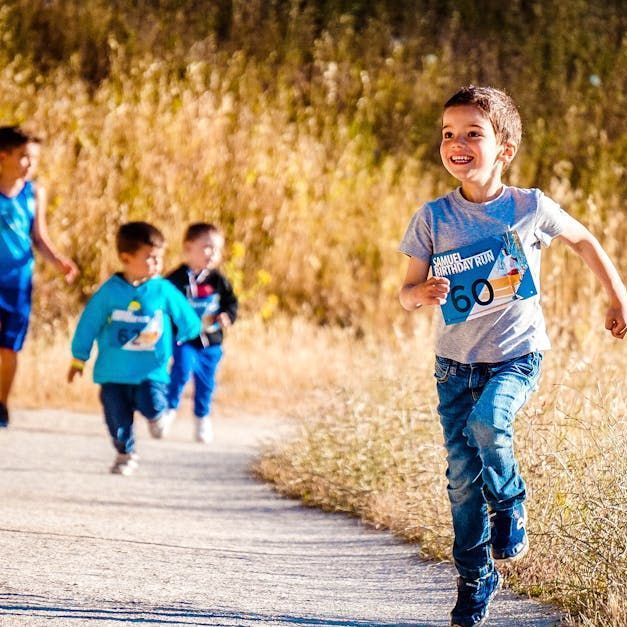
Getting your kids outside more, engaging them in calisthenics, and encouraging them to think about their eating doesn't have to be a chore—for you or for them! By making these activities fun, creative, and interactive, you’re not only helping your children develop healthy habits but also creating memorable family moments.


